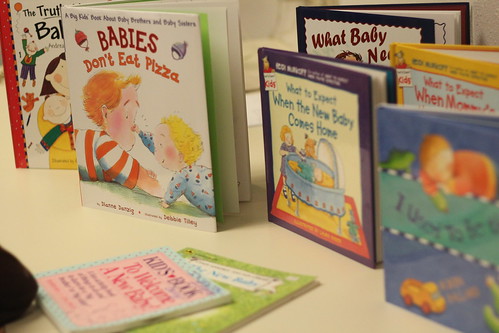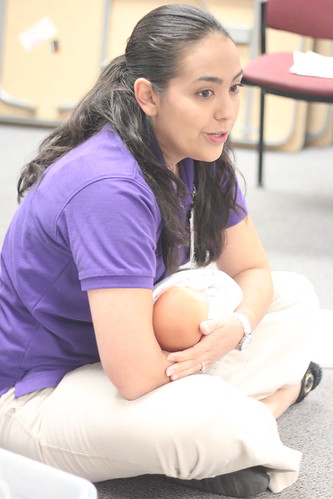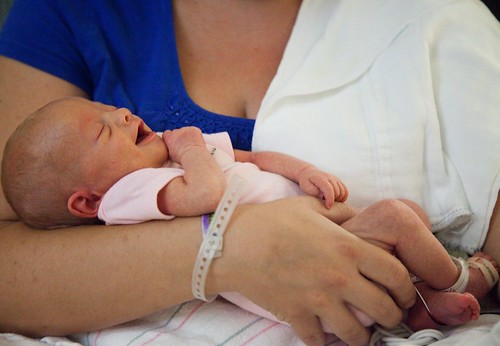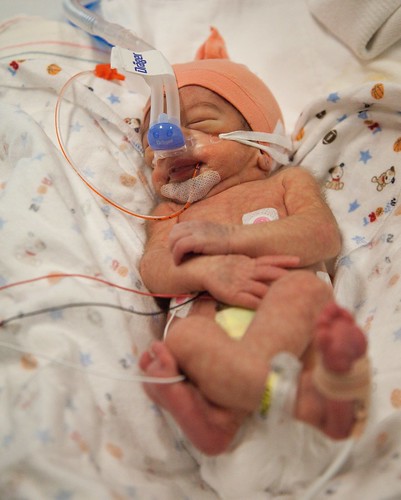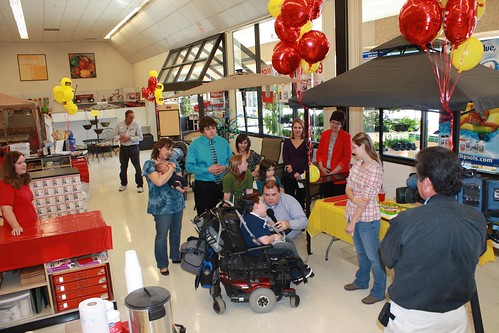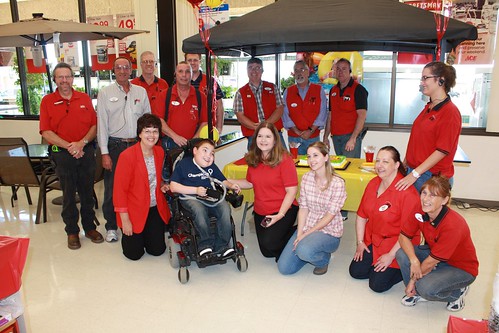Heat
Stroke is One of the Leading Causes of Sudden Death in Sports
-
Safe Kids Tucson Encourages
Parents and Coaches to Protect Young Athletes On and Off the Field
Tucson, AZ-- With many young school athletes working
hard this month to prepare for fall sports, Safe Kids Tucson is encouraging parents and coaches
to keep children safe on and off
the field and prevent sports injuries, including heat-related
illnesses. Nearly 3/4 of U.S.
households have at least one child who plays organized sports.
Unfortunately, about 3.5 million children receive medical treatment for a
sports-related injury each year, and as many as half of these injuries are
preventable according to the Centers for Disease Control and Prevention.
“With scorching high temperatures
and vigorous practice sessions underway for school age children, parents and
coaches have an even greater role to play in keeping children safe and injury
free,” said Yomaira Diaz, Safe Kids Tucson. “It’s vitally important to
set realistic expectations for children about sports and understand how to help
them prepare properly, prevent injuries and play safely.”
In a nationwide
education campaign, supported by its founding sponsor Johnson & Johnson,
Safe Kids USA coalitions have hosted more than 150 Youth Sports Safety Clinics
for parents and youth coaches since April.
According to the
American Journal of Preventive Medicine, the number of heat-related injuries
from 1997 to 2006 increased 133 percent. Youth accounted for the largest
proportion of heat-related injuries or 47.6 percent.
“Over the past five
years, the number of heat stroke deaths from exertion in youth sports is higher
than in any five-year period in the past 35 years,” said Douglas J. Casa, PhD,
ATC, FACSM, FNATA, and chief operating officer with
the Korey Stringer Institute, Neag School of Education, for the University of
Connecticut. “A coach needs to have the knowledge to prevent the
condition, recognize the signs or symptoms, and then rely on athletic trainers
or emergency response personnel to implement the life-saving treatment
strategy."
A national survey commissioned by Safe Kids USA, funded by Johnson & Johnson,
confirmed parents and coaches need more youth sports safety information. In fact, just 29 percent of parents surveyed feel coaches have the
necessary skills to identify and prevent injuries and just 40 percent feel
confident in their own abilities.
According to recent studies in sports injuries, the rate and
severity of sports related injuries increases with a child's age. Children ages 5 - 14 years of age
account for nearly 40 percent of all sports-related injuries treated in
hospital emergency departments with collision and contact sports associated
with higher rates of injury. In fact, the Consumer Product Safety Commission (CPSC)
reported in 2009 an estimated 216,232 children age 14 and under were injured
playing football, 88,789 were injured in soccer. For children 14 years and
younger playing baseball or softball, there were 115,133 injuries in 2009.
The most
common types of sport-related injuries in children are sprains, muscle strains,
bone or growth plate injuries, and heat-related illness. Although very rare, brain injury is the
leading cause of sports-related death to children.
Dr. Gerard Gioia,
Director of the SCORE Concussion program, for Children’s National Medical
Center, has treated children with brain injuries for more than 20 years. He is working to develop similar neurocognitive
computerized testing tools that the NFL and NHL mandate for players but for younger children and teenagers, who
may have sustained a concussion.
“We know that
participation in sports is very important to the child’s overall
development. At the same
time, the child’s brain is their future and unrecognized concussions in sports
can threaten that future,” said Gioia. “We must do everything we can to equip
parents, coaches, and our youth to recognize concussions and respond
appropriately to them. Youth sports are not equipped in the same way as the
professional players, but we can still find effective ways to safeguard our
kids.”
Safe Kids Tucson encourages
parents to understand how to prevent the most common causes of
preventable sports injuries in young athletes including overuse injuries,
heat-related illness, concussions and injuries caused by pre-existing medical
conditions. Safe Kids encourages parents to have consistent communications with
their child’s coach in order to take a proactive role in keeping their child
safe while playing sports.
Pre-Participation Physical
Evaluations
Safe Kids USA and
the American Academy of Pediatrics (AAP) recommend every child receive an
annual pre-participation evaluation (PPE), which will help determine his/her
readiness to play sports and may uncover any underlying conditions that could
limit participation or increase the risk for injury or a medical
emergency. Parents should talk to
their child’s doctor and ask them to perform the full pre-participation
evaluation, which was recently updated by the AAP.
Dehydration/Health
Related Illness
Young athletes need to
be encouraged to drink water before, during and after practice, in order to
prevent dehydration and the risk of a more serious heat-related illness such as
heat exhaustion and heat stroke.
Athletes should start practice/play fully hydrated, and drink water for
every 20 minutes of play.
Overuse Injuries
An overuse injury is difficult to diagnose
and treat because they are usually subtle and occur over time. Fatigue, burnout
or playing while injured can lead to overuse injuries such as repetitive motion
injuries as well as acute injuries including sprains (mostly ankle), muscle
strains, bone or growth plate injuries. Warming up and stretching before play
is essential to preventing sports related injuries. This helps athletes avoid injuries such as muscle tears or
sprains by stretching and releasing any muscle tension.
Concussion
Children who do not
wear or use protective equipment are at greater risk of sustaining
sports-related injuries. Parents
can reduce their child’s risk of minor or serious injuries such as concussions
by making sure their child wears the appropriate and properly fitted sports
equipment during practice and competitive play and knowing the signs and
symptoms of a concussion.
-more-
About
Safe Kids Tucson
Safe
Kids Tucson works to prevent unintentional childhood injury, the leading
cause of death and disability to children ages 1 to 14. Its members include Tucson
Medical Center, Drexel Height Fire District, Rural Metro Fire, Golder Ranch
Fire, Southwest Ambulance, Tucson Police Department, Pima Community College
Police, Pima County Department of Transportation and others. Safe Kids Tucson
is a member of Safe Kids Worldwide, a global network of organizations dedicated
to preventing unintentional injury. Safe Kids Tucson as founded in 2007 and is
led by Tucson Medical Center.


